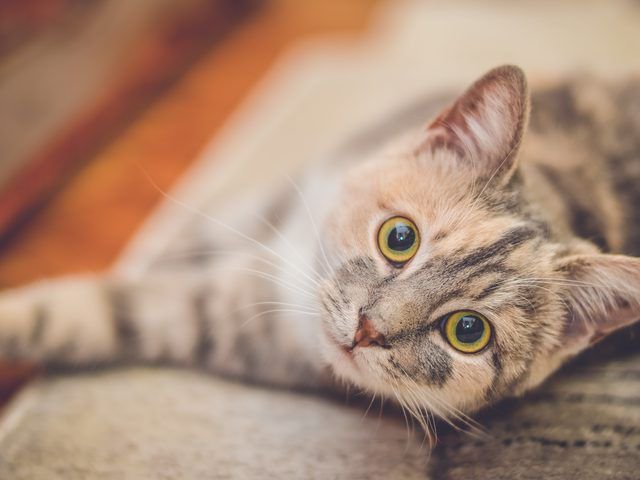Purring is one of the most recognizable and soothing sounds in the animal world. But why do cats purr? Is it always a sign of contentment — or is there more behind this mysterious feline behavior?
Thanks to advancements in veterinary research and animal behavior studies, scientists have uncovered much about how cats purr and the surprising reasons behind it. This article explores the biology of purring, the contexts in which it occurs, and what your cat might be trying to communicate.
How Do Cats Physically Purr?
Purring is a unique vocal behavior that involves the rapid contraction of muscles within a cat’s larynx (voice box). These muscles twitch 25 to 150 times per second, briefly glottalizing the airflow in and out of the cat’s body. This causes a rhythmic vibration in the throat, producing the familiar purring sound.
Interestingly, purring happens during both inhalation and exhalation, making it one of the few continuous vocal sounds produced by animals.
Why Do Cats Purr?
While purring is often associated with a relaxed, happy cat curled up in your lap, there are several reasons why cats purr — and not all are positive. Here are the main scientifically understood reasons:
1. Contentment and Relaxation: The most common and familiar reason. Cats often purr when being petted, napping, or feeling safe. It’s their way of saying, “I’m comfortable here.”
2. Communication with Humans and Kittens: Newborn kittens begin purring within days of birth. This serves as a way to bond with their mother, who also purrs to comfort them. Adult cats may continue this behavior to communicate affection or attention-seeking to their human caregivers.
3. Self-Soothing and Stress Relief: Studies suggest cats purr when stressed, anxious, or in pain — such as during veterinary visits or while recovering from injury. The act of purring may be a form of self-healing and stress regulation.
Do Other Animals Purr?
While cats are the most famous purrers, some other species (like bobcats, cheetahs, and even guinea pigs) produce similar sounds. However, the mechanics and meanings of purring vary widely between species, and true continuous purring like domestic cats exhibit is relatively rare.
Final Thoughts
How and why cats purr remains one of the most fascinating areas of feline science. Far from being a one-note behavior, purring is a multi-purpose tool that supports communication, healing, and emotional regulation.
Whether your cat is asking for attention, feeling at ease, or managing discomfort, their purring is part of a deeper language — one backed by evolution and biology.
Learn More
Visit petniq.com for more insights on cat behavior and health.
